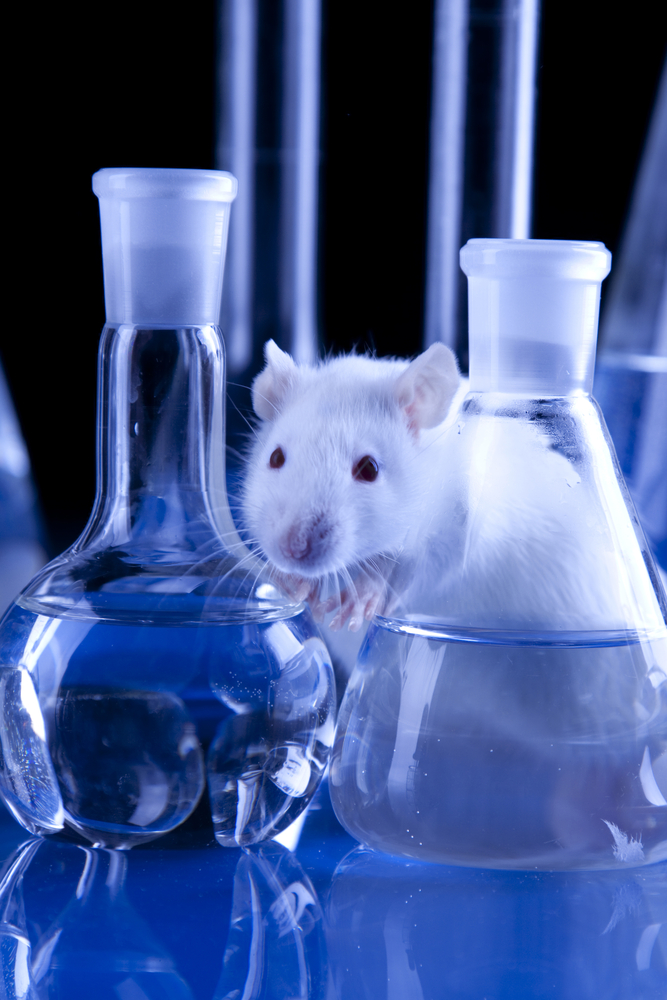New Enzyme Involved in Lupus Development Identified by Scientists
Written by |

Researchers have identified an enzyme called SHP-2 whose levels are significantly increased in blood samples of lupus patients and in systemic lupus erythematosus (SLE) mouse models, which can become a potential therapeutic target for patients suffering from this disease. The study, “Inhibition of SHP2 ameliorates the pathogenesis of systemic lupus erythematosus,” was published in The Journal of Clinical Investigation.
SLE is chronic autoimmune disorder estimated to affect more that 5 million people around the world. It currently has no cure and is characterized by tissue damage due to exacerbated inflammation. Although little is know about the molecular mechanisms underlying SLE pathogenesis, defective expression of proteins involved in the regulation of the immune cells are often involved in the clinical manifestations of SLE.
The study’s senior author, Maria Kontaridis, PhD, interim director of the Basic Cardiology Research Program in the CardioVascular Institute at BIDMC and assistant professor of medicine at Harvard Medical School (HMS), had already demonstrated that mutations in a class of proteins known as protein tyrosine phosphatases could lead to the development of RASopathies, a group of rare congenital heart diseases. After observing that some children with Noonan syndrome, a RASopathie predominantly caused by activating mutations in SHP-2, often developed lupus, Kontaridis hypothesized that phosphatase activity could be correlated with systemic autoimmunity.
“SHP-2 can lead to an overproduction of cytokine molecules,” Kontaridis explained in a press release. “In patients with lupus, we know that cytokines trigger inflammation, contribute to immune cell dysfunction, and lead to organ damage.”
To address this hypothesis, researchers analyzed lupus mouse models and found that SHP-2 levels were four to six times higher than those of control animals. “We then validated this finding in humans by examining blood cells isolated from lupus patients and found SHP-2 activity was also significantly higher than normal,” said the study’s first author, Jianxun Wang, PhD, a postdoctoral fellow in the Kontaridis laboratory and an instructor in medicine at HMS.
Researchers used a novel SHP-2 inhibitor to understand how SHP-2 was involved in the development of lupus. Results showed that inhibiting SHP-2 diminished lupus symptoms in mice, including skin lesions, enlarged spleen, and kidney failure.
“The mice were remarkably changed as a result of the drug treatment,” Kontaridis said. “The animals’ lifespans were increased, characteristic skin lesions were eliminated, the enlarged spleens were reduced in size — and most remarkably — the kidneys were normalized.”
The investigators also found that SHP-2 inhibition reduced the levels of double-negative T-cells, major contributors of lupus phenotypes, and decreased the production of interferon-γ (IFN-γ) and Interleukin (IL)-IL-17A/F, two molecules involved in SLE-associated organ damage. This modified proliferation and production of immunomodulatory molecules was also confirmed when T-cells isolated from lupus patients were treated in culture with the SHP-2 inhibitor.
“Treatment of patients with SLE has lagged behind other conditions and, unfortunately, is still limited to the use of immunosuppressive drugs,” said George Tsokos, MD, chief of rheumatology at BIDMC and a co-author on the paper. “The identification of novel targets such as this one shows promise that the development of a small molecule drug inhibitors, such as for SHP-2, will allow for the initiation of clinical trials in patients with lupus.”




